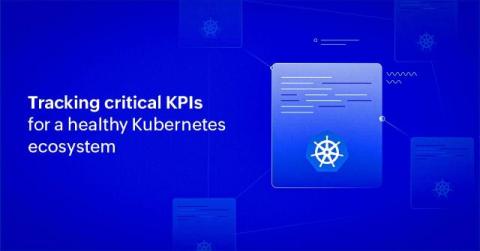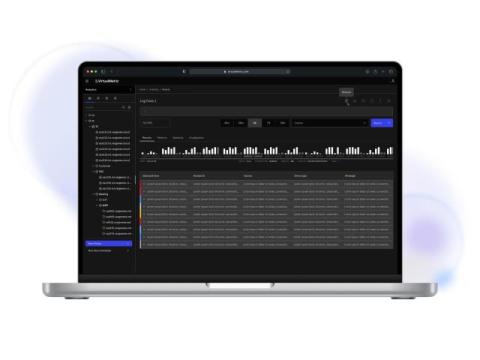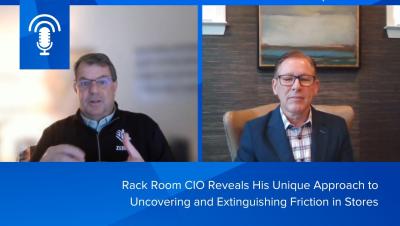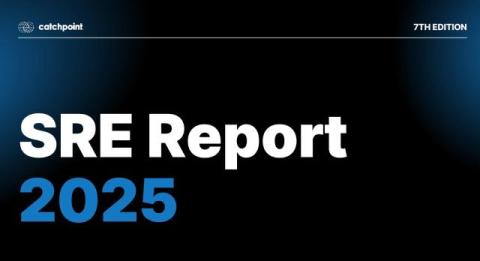Key metrics for Kubernetes performance monitoring: A practical guide
Kubernetes is known to be the best container orchestration tool, but it can also add complexity to resource management, particularly as your clusters expand. Without proper monitoring, problems can rapidly worsen, resulting in subpar application performance, service interruptions, and higher expenses. In this blog, you will learn the key metrics for monitoring Kubernetes performance and how monitoring these can assist you in maintaining optimal performance in your environment.










